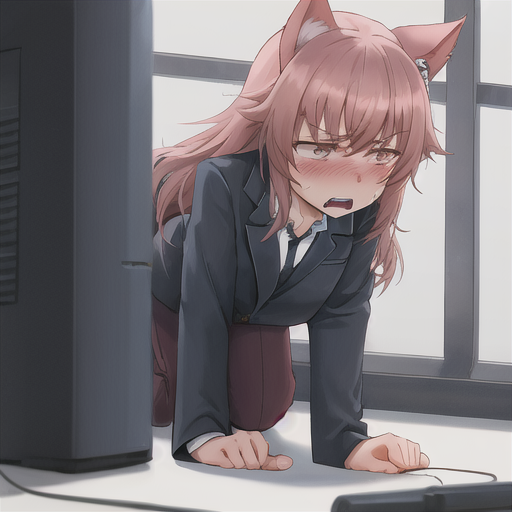The perfect material for Tesla’s new cyberboat
I have a name for that boat: Cybersunk
Thats very fitting, I would also accept CyberD (cyber dissolved)
I think that’s a mod for CP2077…
Is that shorthand for the amount of Petabyte of illegal stuff Leon the rat has at home?
Perfect since he’s being invited to Russia now. They can share their know-how of sinking ships.
What does it dissolve into? 🪿 Wait, what does it dissolve into? 🗣️ 🪿
From the article:
Aida said the new material is as strong as petroleum-based plastics but breaks down into its original components when exposed to salt. Those components can then be further processed by naturally occurring bacteria, thereby avoiding generating microplastics that can harm aquatic life and enter the food chain.
As salt is also present in soil, a piece about five centimetres (two inches) in size disintegrates on land after over 200 hours, he added.
The material can be used like regular plastic when coated, and the team are focusing their current research on the best coating methods, Aida said. The plastic is non-toxic, non-flammable, and does not emit carbon dioxide, he added.
So I think the next thing the goose wants to know is, what’s it being coated with?
Is it made of snails?
(/s, in case anyone wants to take that seriously)
That was my first thought, a tide pod also rapidly dissolves in sea water, we shouldn’t be dumping those in the ocean though.
It dissolves into salt water.
Except it doesn’t dissolve, this is not the term they should be using, you can’t just dry out the water and get the plastic back. It breaks down into other things. I’m pretty sure an ocean full of dissolved plastic would be a way worse ecological disaster than the current microplastic problem…
I’ve seen like 3-4 articles about this now and they all use the term dissolve and it’s pissing me off.
It dissolves…but into what? Sounds like a recipe for a petroleum salt water mix that’s probably just as toxic as melted plastic, unless all the petroleum is removed.
It doesn’t seem to be based on petroleum, since they’re explicitly comparing it to petroleum-based plastics…
There also are other non-petroleum based plastics that dissolve in water. This part is not new. E.g. polyvinyl alcohol is used widely.
What’s new about this one is that it specifically needs salt to dissolve and they claim it’s otherwise relatively sturdy. So maybe it could be used instead of pet bottles for drinks? Or maybe they’re not quite there yet but it’s a new step in that direction…
For anyone wondering about where, just as an example, polyvinyl is: Polyvinyl acetate (i.e. PVA) is the stuff that wood glue is typically made out of. It’s also the binder used for those bird seed bells.
…It does indeed dissolve in the water. In the rain, certainly, which any owner of a bird seed bell could tell you.
Instant micro plastics: just add seawater!
Does it actually break down? Or does it just melt into a cloud of microplastics?
I think some of y’all are missing a lot of packaging use cases other than food. But even in the food sector, there are dry things like pasta, beans, and rice that don’t have salt in them. If it really is as strong as a petroleum plastic for these items, it could eliminate tons of micro plastic.
The material can be used like regular plastic when coated,
Coated with what? If you say PFAS, this is worse than microplastics.
You see the thing is, the point of plastic is that it doesn’t dissolve easily. I can see this having some niche applications, but this won’t be replacing most plastics any time soon.
To be fair, this was originally the point of plastic. The primary point of plastic today is that it is an extremely cheap material that you can mould into pretty much any shape.
Need a bag to carry stuff? Plastic.
Packaging for toothpicks? Plastic.
Spacers inside an electric circuit? Plastic.
Packaging for clothes? Plastic.
Fake plant? Plastic.
Part of the problem is that we’re using a wonder-material that lasts forever (plastic) for a bunch of mundane shit where we don’t need it, because that wonder-material turns out to be the cheapest material around as well.
Yeah, fair enough. That’s a great point. I will update my opinion of this advancement.
Ah but imagine the eager faces of Logitech’s execs when they realize they could make their mice dissolve under your fingers and offer a subscription for replacements.
Or we can, you know, have waxed paper?
Also, I thought we’ve already mainstreamed starch-based plastics.
Last but not least, we’ve had cellophane pretty much since the industrial revoltion. The current issue has been the productionlike containing toxic materials, but the end product itself is biodegradable. Perhaps we can improve on that.
Nice!








